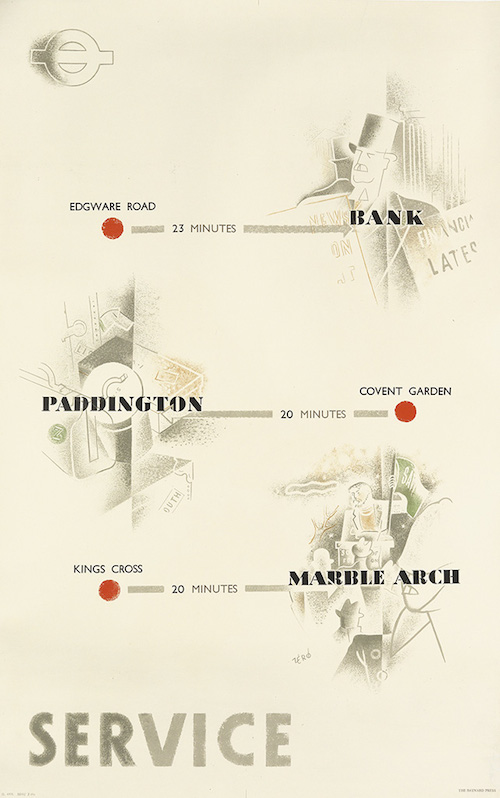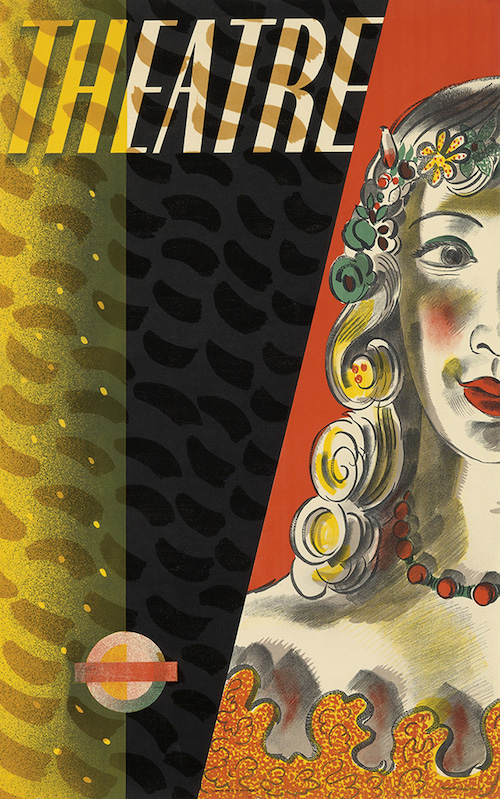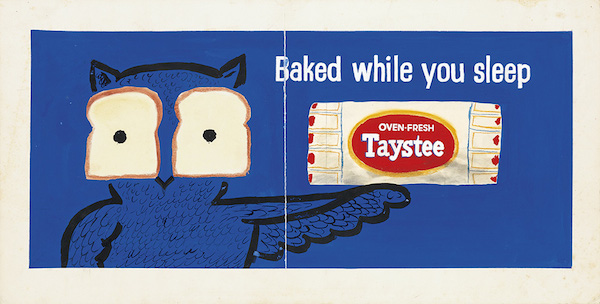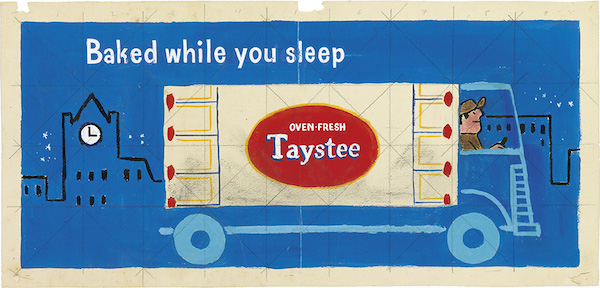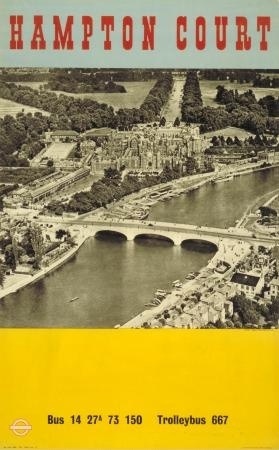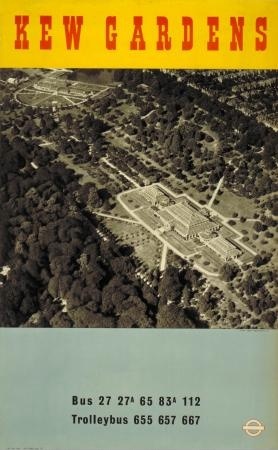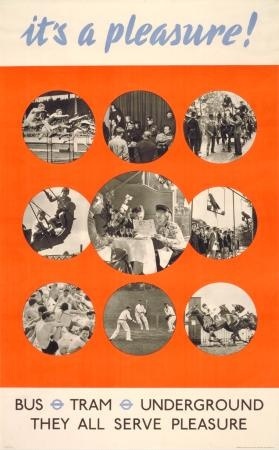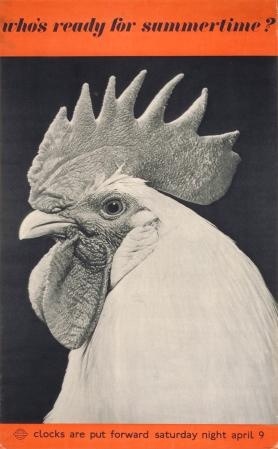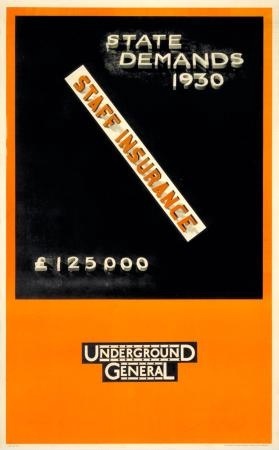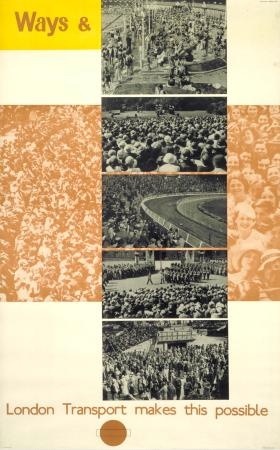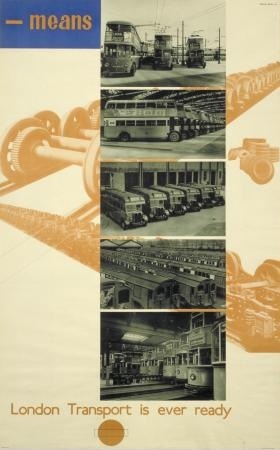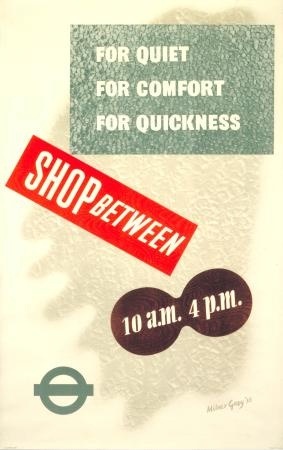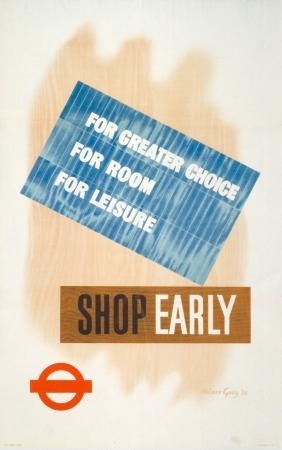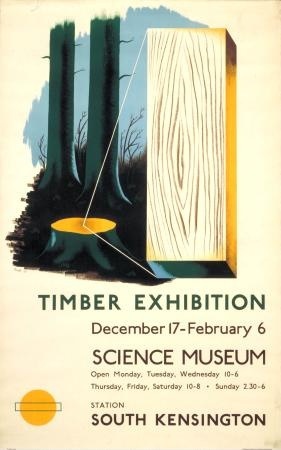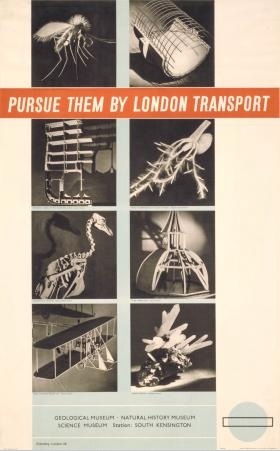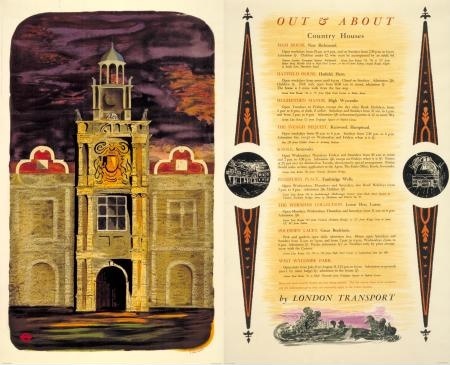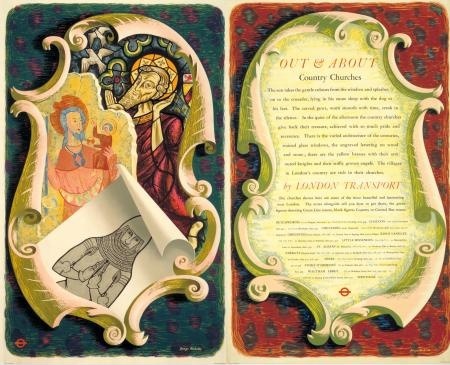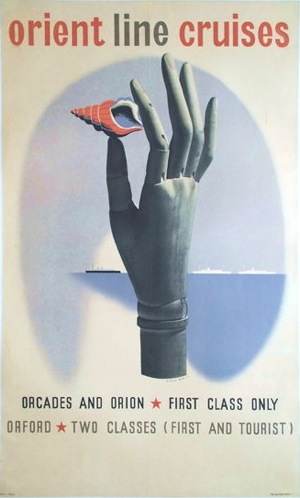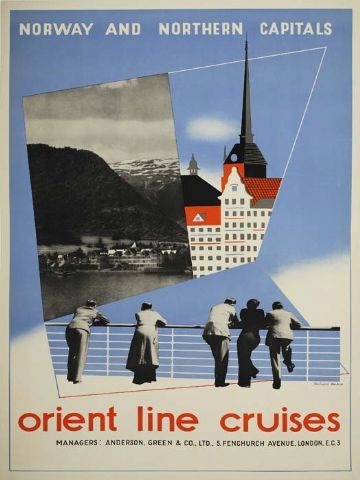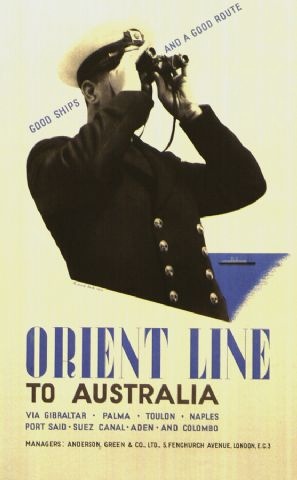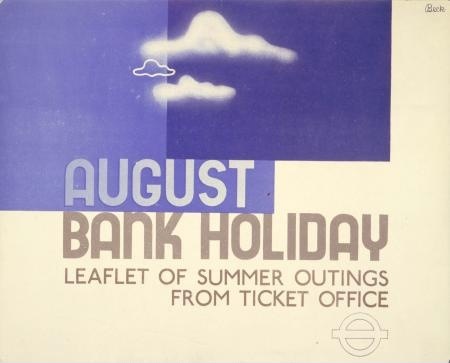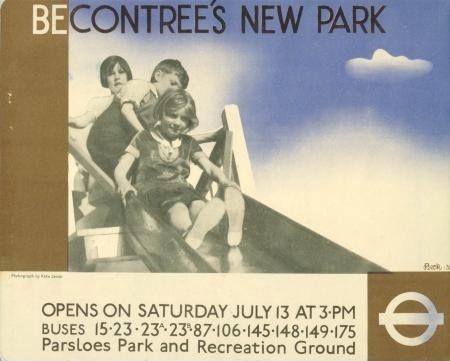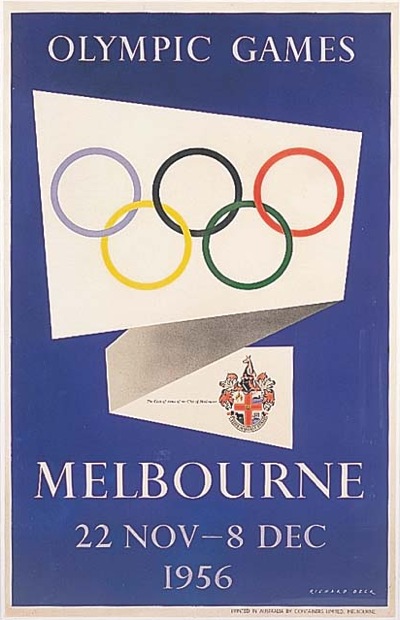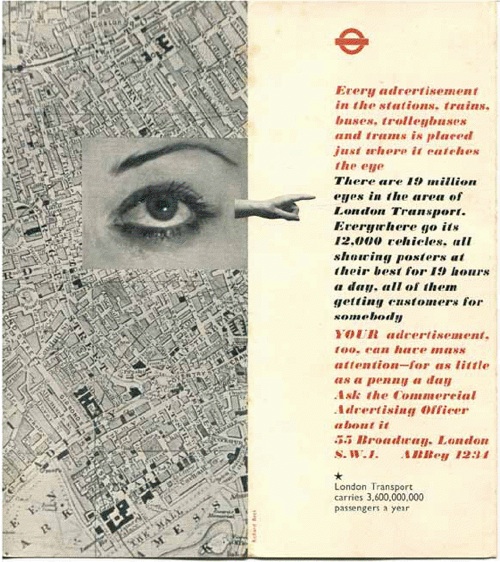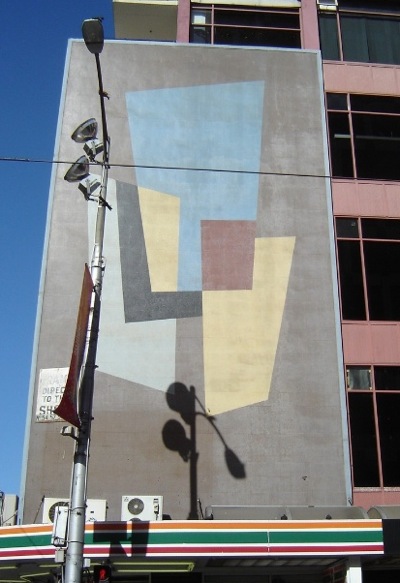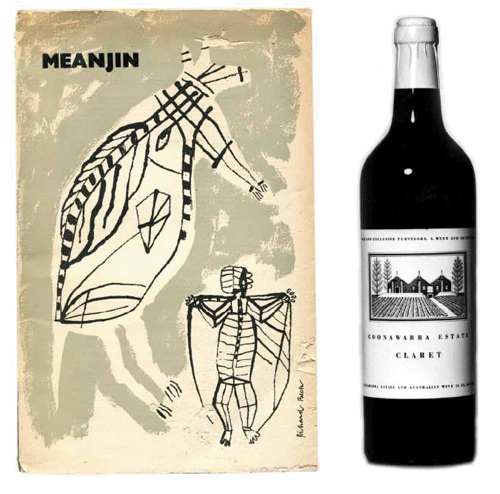Mammoth sale
Right, in my attempt to keep on top of things, a quick scamper through the forthcoming Swann Galleries auction. Which is tomorrow, so you’d better be quick if you actually want to buy any of them. Me, I’m just window-shopping, especially at these prices.
All the prices are high, but then that’s a posh auction in America for you, but the one I slightly take exception to is this.
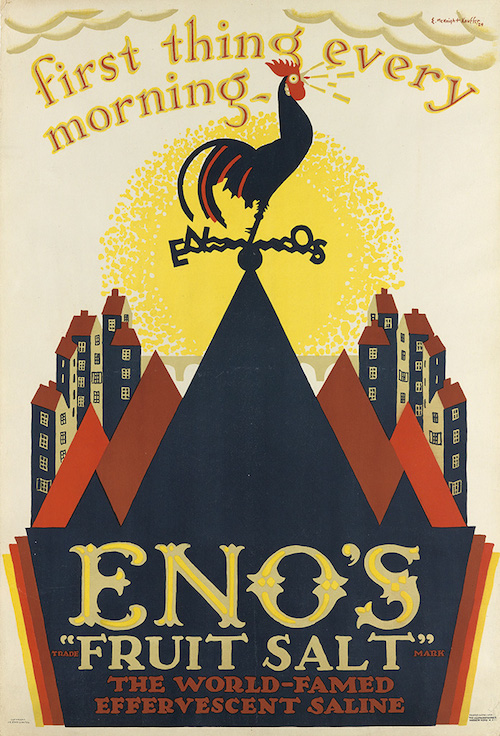
McKnight Kauffer, 1924, est. $1,500 – 2000
But that’s only because we sold one at the last Onslows sale, and it went for £230, which seemed quite reasonable at the time. And it was backed on linen too.
Kauffer is also represented by this rather magnificent Art Deco mammoth (now there’s a phrase I never thought I’d have recourse to).
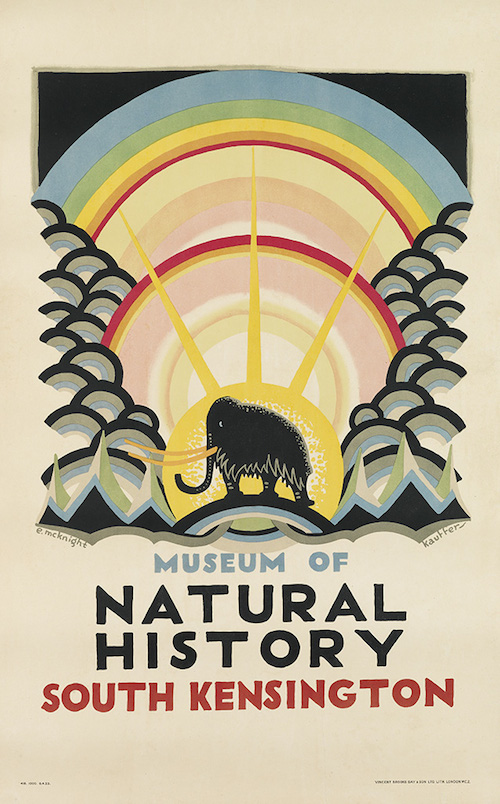
McKnight Kauffer, 1924, est. $2,000 – 3,000
There are a few other London Transport posters in there, like this rather splendid Zero.
Although I do end up wondering whether I’d ever put that up on the wall. Maybe if I were a museum.
There is this rather lovely pair of Barnett Freedmans too.
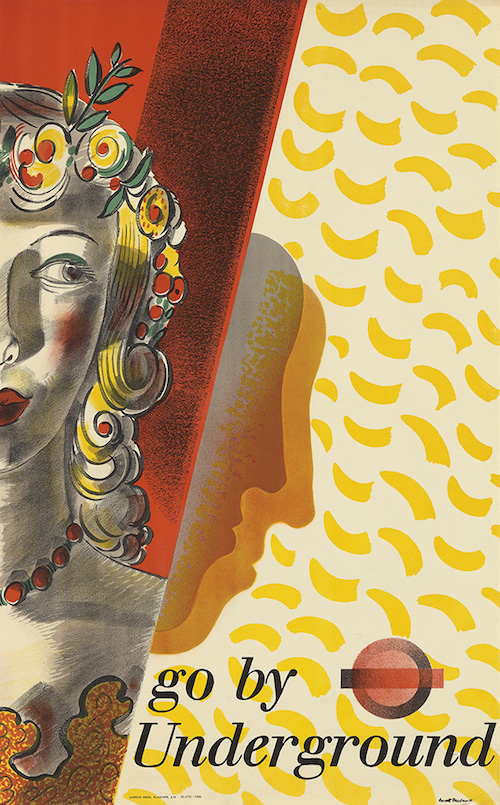
Barnett Freedman, 1936, est. $700 – 1,000 the pair
Of more interest to me are these two Orient line posters, mainly because I wrote about the first one a while back.
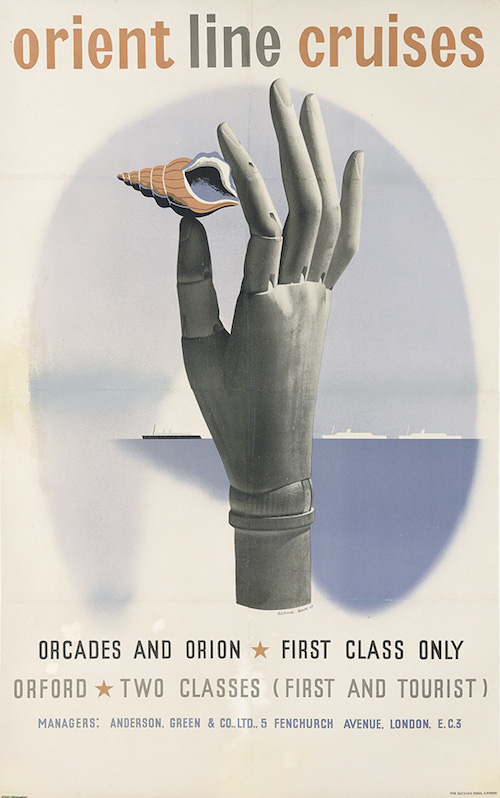
Richard Beck, 1937, est $600 – 900
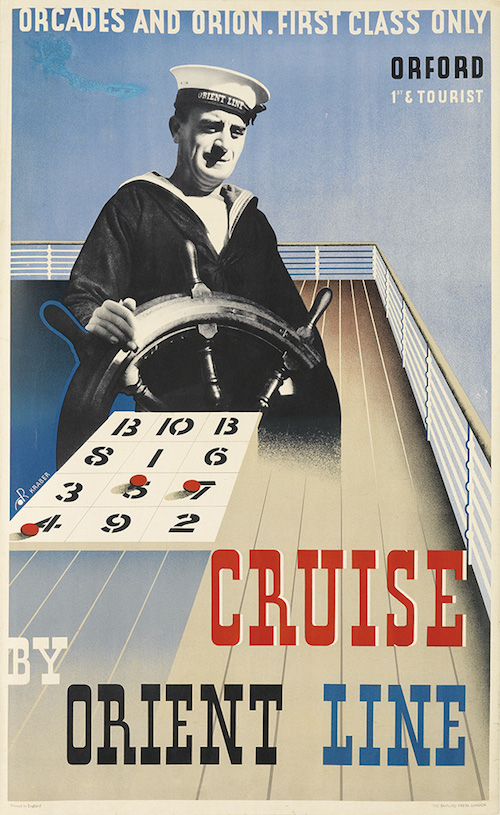
Reimann Studios and Kraber, 1937, est. $600 – 900
The second one is at least partly by Kraber, whose work I keep discovering and each time I say that I will find out more about him. I must make good on this promise one of these days, because every single design I come across by him is great. This is no exception, and I would happily put that poster on the wall if someone would like to buy it for me.
This, being an early airline map by Moholy Nagy, ought to be interesting.
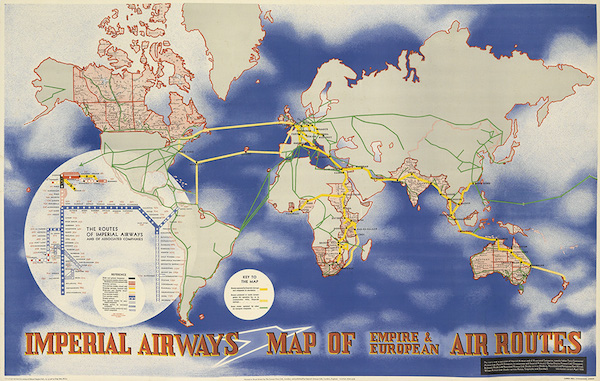
Moholy-Nagy, 1936, est. $10,000 – 15,000
But it just isn’t, is it. The price suggests that other people might not agree with me though.
And finally, as is customary with these sales where there are just a handful of British posters, a dip into the furrin. This is a Savignac rough design that I just like.
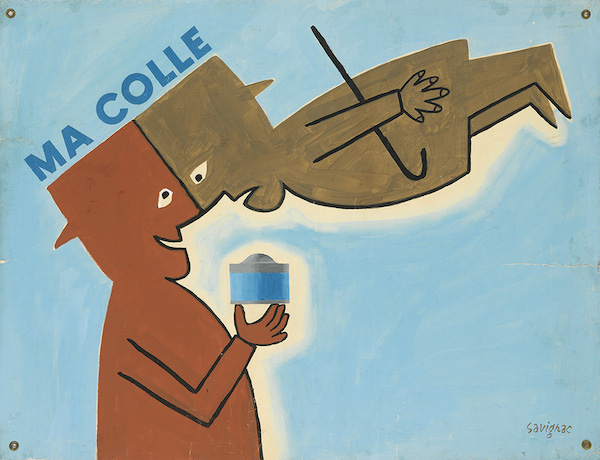
Savignac, 1951, est $3,000 – 4,000
But this is much more interesting.
Savignac, 1950s, est. $800 – 1,200
These are two designs from a set of 39 roughs, which Savignac clearly did for a British firm. Now I did know that he and Colin, amongst others, had worked over here, but evidence of it doesn’t come up often enough if you ask me.
